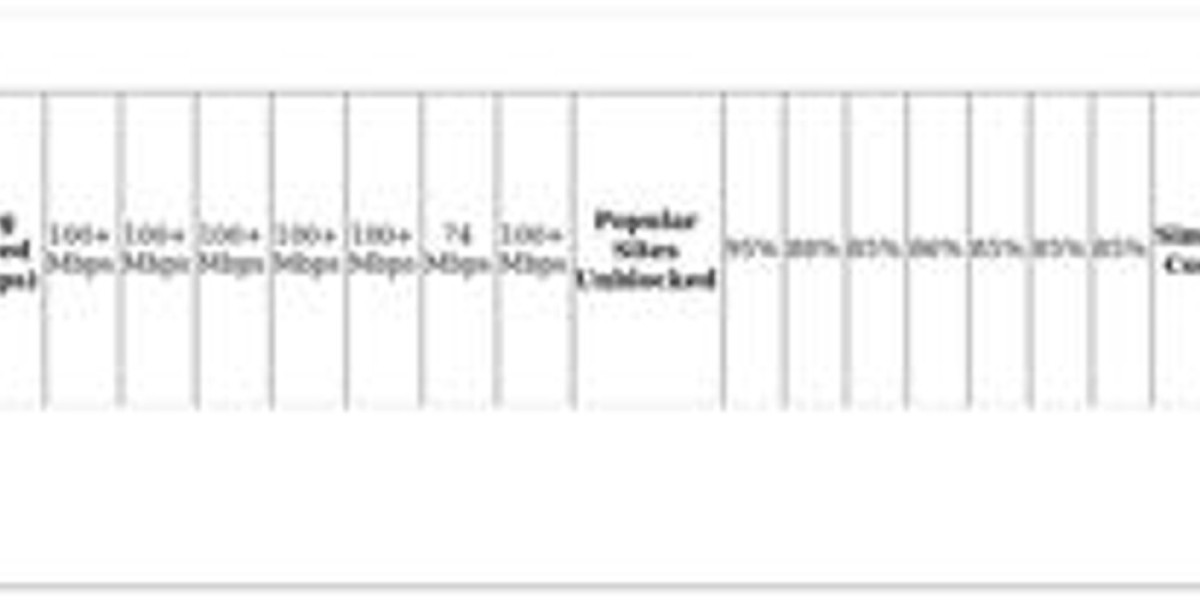Magnetoresistance Sensors: Precision Magnetic Field Detection for Modern Applications
Magnetoresistance sensors industry are advanced magnetic sensors that detect changes in magnetic fields based on the magnetoresistive effect—a change in electrical resistance due to the presence of a magnetic field. These sensors offer high sensitivity, low power consumption, and compact size, making them suitable for a wide range of applications, from consumer electronics to industrial automation and automotive systems.
How Magnetoresistance Sensors Work
Magnetoresistance sensors operate based on the principle that certain materials change their electrical resistance when exposed to a magnetic field. This change in resistance is measured and converted into an electrical signal that corresponds to the strength or direction of the magnetic field.
The effect can be harnessed in different forms:
Anisotropic Magnetoresistance (AMR)
Giant Magnetoresistance (GMR)
Tunnel Magnetoresistance (TMR)
Colossal Magnetoresistance (CMR)
Each type varies in sensitivity, temperature stability, and application scope.
Key Types of Magnetoresistance Sensors
AMR Sensors
First commercial type; widely used in automotive and industrial applications.GMR Sensors
Offer greater sensitivity than AMR; used in hard disk drives and current sensing.TMR Sensors
Most advanced, with high output signals and low noise; ideal for precision sensing.CMR Sensors
Extremely sensitive but primarily used in research and specialty applications.
Applications of Magnetoresistance Sensors
Automotive Industry
Camshaft/crankshaft position sensing, wheel speed sensing (ABS), electric power steering.Consumer Electronics
Smartphones (compass function), gaming controllers, and navigation systems.Industrial Automation
Motor control, position and proximity sensing, robotic joint angle detection.Medical Devices
Non-contact position sensing in diagnostic equipment and robotic surgery tools.Data Storage
Used in reading heads of hard disk drives.Aerospace & Defense
Navigation, attitude control systems, and magnetic anomaly detection.
Advantages of Magnetoresistance Sensors
High Sensitivity
Capable of detecting weak magnetic fields in the microtesla or even nanotesla range.Compact Size
Suitable for miniaturized and portable applications.Low Power Consumption
Ideal for battery-operated devices.Non-Contact Measurement
No physical contact needed, reducing wear and tear.Temperature Stability
Especially in TMR sensors, offering stable performance across various environments.
Challenges
Temperature Dependence
Some sensor types, like GMR, can exhibit drift with temperature changes.Magnetic Interference
Susceptible to surrounding magnetic noise, requiring shielding or compensation algorithms.Complex Calibration
Accurate output may depend on precise alignment and calibration.
Market Outlook
The global magnetoresistance sensor market is expected to grow significantly from 2024 to 2032, driven by:
Increased demand for electric vehicles (EVs) and ADAS (Advanced Driver-Assistance Systems)
Growth in IoT and smart sensor technologies
Widespread adoption in industrial automation and robotics
Expansion of wearable health monitoring devices
The market is characterized by strong R&D activity, with key players like Allegro Microsystems, Infineon Technologies, Honeywell, NVE Corporation, and TDK Corporation leading innovation.
Emerging Trends
Integration with MEMS technology for hybrid sensing modules
Use in biomagnetic field sensing for neuroscience and cardiac monitoring
Development of 3D magnetic field sensors with higher accuracy
Expansion of AI-based sensor fusion for autonomous navigation and robotics
Related Topics You Might Explore:








